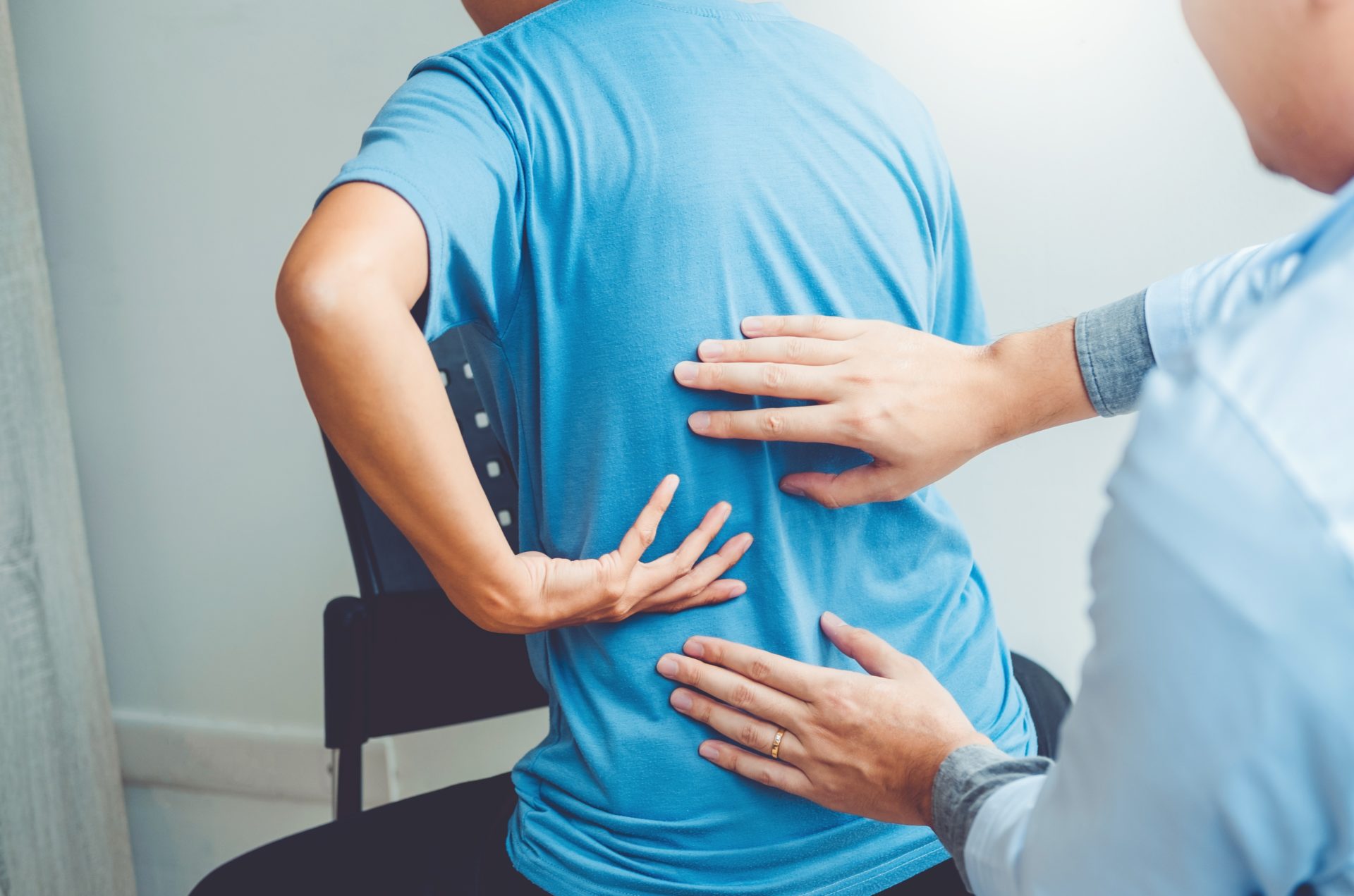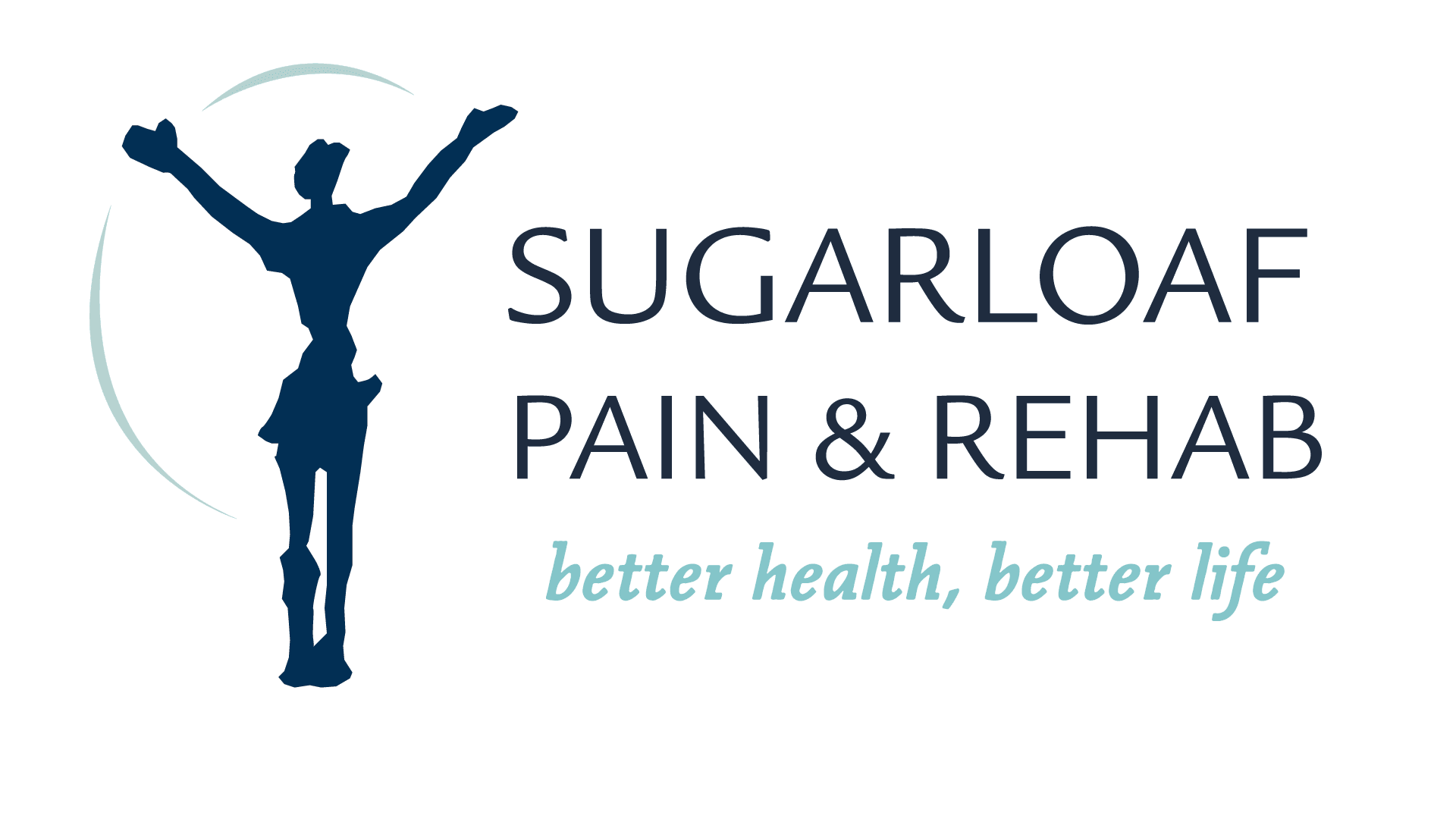Auto accidents are often accompanied by various injuries, with low back pain being one of the most common and debilitating. Whether it’s a minor fender bender or a more serious collision, the impact can cause significant strain on the back, leading to acute or chronic pain. In this article, we delve into the intricacies of low back pain following an auto accident, exploring its causes, symptoms, diagnosis, treatment options, and preventive measures.
Understanding Low Back Pain After an Auto Accident
Low back pain after an auto accident can stem from various factors, including:
1. Whiplash Injury: The sudden jolt from a rear-end collision can cause the spine to whip back and forth, resulting in strain on the muscles, ligaments, and discs in the lower back.
2. Muscle Strain: The force of impact during a crash can cause muscles in the lower back to stretch or tear, leading to pain and stiffness.
3. Disc Herniation: The compression and twisting of the spine during a collision can cause the discs between the vertebrae to bulge or rupture, putting pressure on nearby nerves and causing pain.
4. Fractures: In severe accidents, the vertebrae in the spine may fracture, leading to intense back pain and potentially nerve damage.
Symptoms of Low Back Pain
The symptoms of low back pain following an auto accident can vary in intensity and duration. Common symptoms include:
– Dull, aching pain in the lower back
– Stiffness and reduced range of motion
– Shooting or radiating pain down the legs (sciatica)
– Numbness or tingling in the legs or feet
– Muscle spasms in the lower back
It’s important to note that symptoms may not immediately appear after the accident and could develop hours or even days later.
Diagnosis and Evaluation
Diagnosing the cause of low back pain after an auto accident typically involves a comprehensive evaluation by a healthcare professional. This may include:
1. Medical History: Gathering information about the accident, previous medical conditions, and symptoms.
2. Physical Examination: Assessing range of motion, reflexes, and sensation in the lower back and legs.
3. Imaging Studies: X-rays, MRI, or CT scans may be ordered to visualize the structures of the spine and identify any injuries such as fractures or disc herniation.
4. Diagnostic Injections: In some cases, a diagnostic injection may be used to pinpoint the exact source of pain by temporarily numbing specific nerves in the spine.
Treatment Options
Treatment for low back pain after an auto accident depends on the severity and underlying cause of the pain. Common treatment options include:
1. Pain Management: Over-the-counter or prescription medications such as nonsteroidal anti-inflammatory drugs (NSAIDs) or muscle relaxants may help alleviate pain and inflammation.
2. Physical Therapy: Targeted exercises and stretches can strengthen the muscles supporting the spine, improve flexibility, and reduce pain.
3. Chiropractic Care: Spinal manipulation and adjustments performed by a chiropractor can help realign the spine, alleviate pressure on nerves, and improve mobility.
4. Injections: Epidural steroid injections or nerve blocks may be recommended to provide temporary relief from severe pain or inflammation.
5. Surgery: In rare cases where conservative treatments fail to provide relief, surgery may be considered to repair damaged discs, stabilize the spine, or decompress nerves.
Preventive Measures
While accidents are often unpredictable, there are steps individuals can take to reduce the risk of low back pain and injuries:
1. Proper Seat Adjustment: Ensure that car seats are positioned correctly to provide adequate support to the lower back and neck.
2. Wear Seat Belts: Always wear a seat belt while driving or riding in a vehicle to prevent ejection during a collision.
3. Maintain Good Posture: Practice good posture while driving and sitting to reduce strain on the spine.
4. Stay Alert: Avoid distractions such as texting or using a mobile phone while driving to minimize
the risk of accidents.
5. Regular Exercise: Strengthening the core muscles through regular exercise can help improve posture and reduce the risk of back injuries.
Low back pain following an auto accident can significantly impact daily life, but with proper diagnosis and treatment, most individuals can find relief and regain function. It’s essential to seek medical attention promptly after an accident, even if symptoms are mild, to prevent potential complications and ensure a speedy recovery. By understanding the causes, symptoms, and treatment options for low back pain, individuals can take proactive steps to manage their condition and prevent future injuries.
For treatment of low back pain following an auto accident call us at 770-817-3399. Or visit www.sugarloafpnr.com for additional information.

